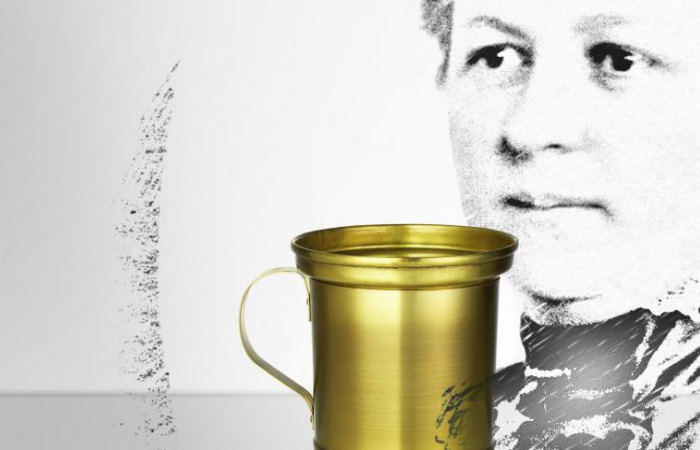Melitta Benz was born in 1873 in Dresden, Germany, literally surrounded by… paper, since her father was a publisher. When she started her own family, Melitta initially did not work, and developed into the classichousewife of the time, however, the nature was alwaysrestless andcurious.
One of her main problems as a housewife was that the coffee machines of the time (similar in function to today’s moka pots) produced toobitter and strong tastingcoffee, something Melitta set out toimprove in any way she could. After realizing that the excessive bitterness of the coffee was due to theresidues left in the drink, he decided to throw himself into the effort of creating aneffective filter.
After experimenting with different materials, such as cloth, he settled on a material he knew well. By tearing out a page from her son’s notebook and nailing it to a copper mug, she made thefirst paper filter coffee brewing device in history!

With manual filtration, the coffee should ideally be infused with water that is no longer boiling (a temperature between 86 and 98 °C is ideal). Then wait for a while (about 20 to 30 seconds) and then prepare the coffee with the remaining water. The particular advantage of manual filtering is that the brewing process can be perfectly adapted. With the injection method, the strength can vary:
- If mild coffee is required, it is recommended to pour the entire amount of water into the filter immediately after brewing. If a stronger coffee wanted, the coffee is injected one spout at a time and the coffee is left to completely drain in between. a strong coffee is produced when the water is continuously enriched in bursts.
- And one more final tip: If the coffee pot is heated with boiling water while filtering manually, the temperature and aroma of the coffee can be preserved even better.

